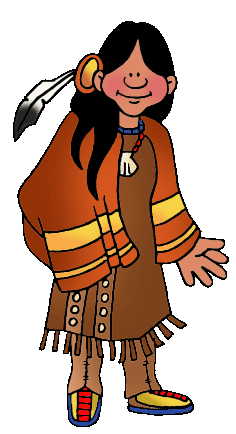Self Control: If a child cried out in fear, he or she could give away the position of a hiding Ojibwa family. Children were taught from babyhood to keep still. If they did not have a reason to be noisy, then they were to keep quiet. They were not allowed to get upset. Upset people can forget themselves. They can shout. Anyone who lost his or her temper was acting in a "bad" manner. They were sure to hear about it from grandfather in his night messages.
Age Names: The Ojibwa seemed to avoid using names. Older relatives were called by their family names - Brother, Aunt, Grandmother. Children had names that showed their position in the family. Their name might be Number One Boy or Number Three Girl. These were not the only names people had, but they were the first names they received. As a brand new baby, your name might be Number Four Girl.
Charcoal Sad Faces: The Ojibwa did not believe in spanking or hitting children. Nor did they keep a child inside if they were bad. Instead, they patted the child's face with charcoal, and sent the child outside to play. Everyone knew that the charcoal meant the child was being sorry for something they had done.
Toys: Stuffed animals were usually the first toys Ojibwa children received. They were made with animal hide and fur and sweet grass stuffing. Girls had birch bark dolls. Mothers and daughters sewed clothes for their dolls. They made doll dishes. They prepared doll meals. This was the way mothers taught very small children the skills they would need when they got older. The boys were given little bows and arrows, and instructions from the men on how to use them safely and effectively.
Games: The Ojibwa used games to teach their children many things, including good behavior, safe behavior, and other important manners and skills. These games were creative and fun, and are still enjoyed today. They include Butterfly Hide and Seek, and Moccasin Pebble. To learn how these games were played, click here.


